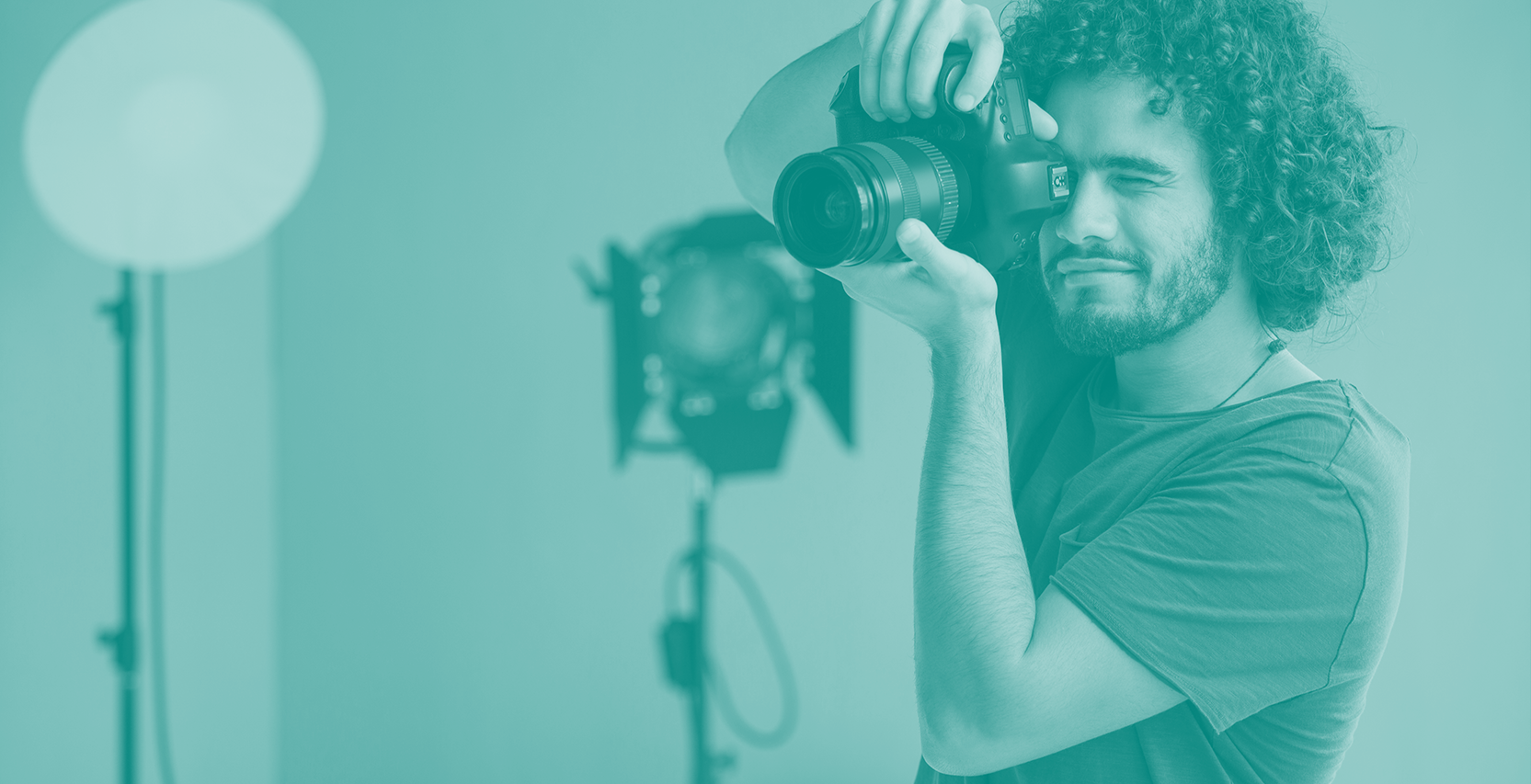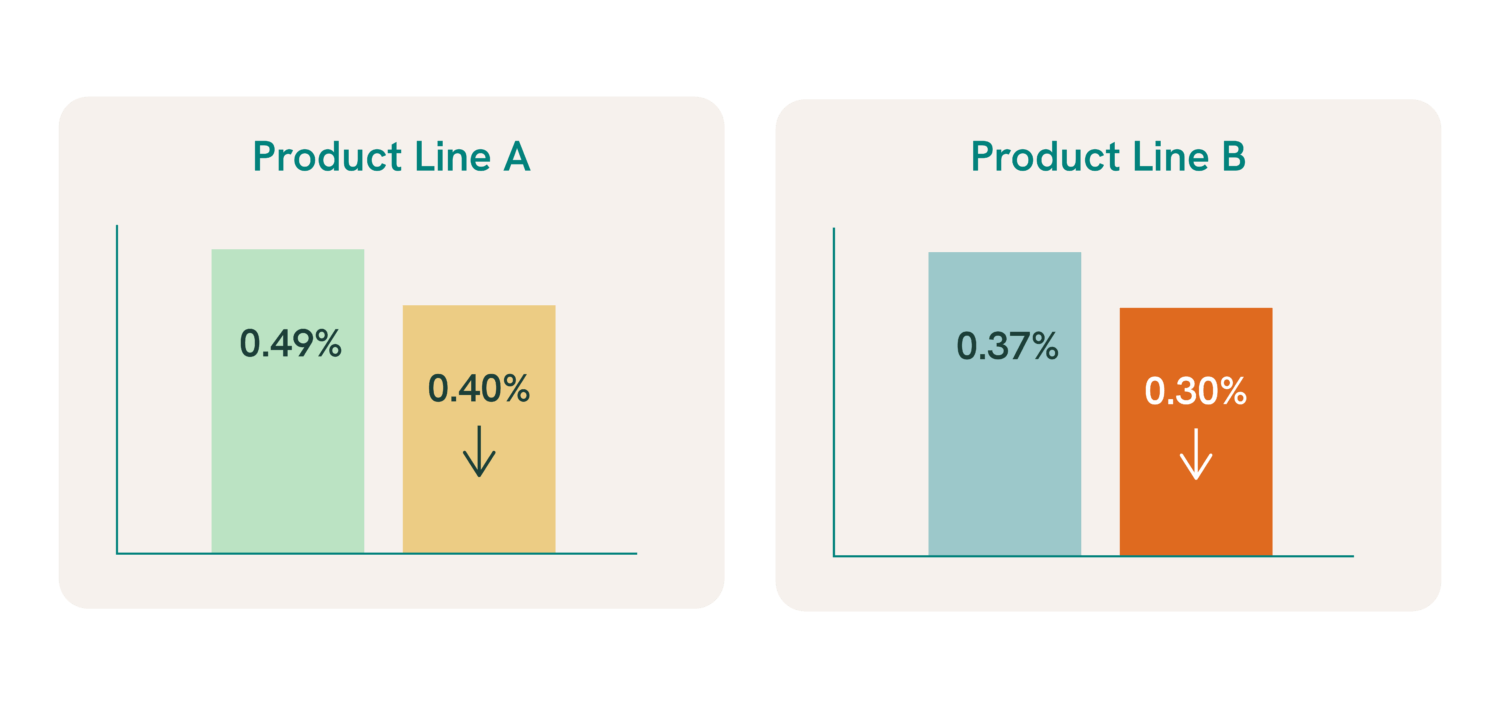Why your beautiful product photos might be hurting your Google Shopping results

When premium product photography meets the realities of paid media, the results aren’t always as expected.
A picture perfect launch?
A leading retail brand had everything in place for the digital launch of their new collection. The photography was particularly impressive – high-end, studio-quality images crafted to elevate the brand and convey a premium feel. The kind of visuals that look stunning on product pages and in print.
But as we reviewed the photos, a potential issue became clear. While these sophisticated, expansive images were striking at full size, they weren’t quite suited to the small thumbnails used in Google Shopping feeds. Sure enough, when we launched, the new products achieved less than half the click-through rate (CTR) of established lines:

Why beautiful isn’t always better: the thumbnail challenge
In Google Shopping, product images appear in very small formats. Despite the beautiful, refined photos the brand provided, the products were lost when the images were scaled down.
Why didn’t the images work?
- Small formats: Subtle details disappeared in the thumbnails.
- Neutral backgrounds: What felt elegant at full size became indistinct in the feed.
- Lost details: Product features faded, overshadowed by the high-end styling.
It wasn’t an isolated incident, either. When the same elevated style was applied to other existing products during a brand refresh, CTR dropped there too:

Key insight: Creative must be tailored to each platform’s realities – not just designed for perfection at full size.
Looking at other markets
Interestingly, when the brand launched the same new line with the same photography in Australia, the impact on CTR was less severe.
The difference? The rollout was more gradual. Existing products stayed in the feed longer, giving new items time to build momentum alongside proven performers, rather than replacing them all at once.
Key insight: Launch timing and creative need to work together as part of an integrated strategy.
The adaptive solution: balancing brand and performance
The brand had invested heavily in beautiful photography, carefully crafting a striking visual identity for the new product line. Our challenge was to protect and showcase that brand personality while also improving performance.
Working with the brand, we developed a multi-channel creative strategy and provided platform-specific recommendations to help optimise product imagery across every channel:
For Google Shopping and Performance Max
- Lighter, high-contrast backgrounds to boost visibility
- Images framed so the product fills 75-90% of the space
- Optimized lighting to keep details sharp at small sizes
For brand-building campaigns
- Continue using elevated, lifestyle-led imagery
- Make sure the product stays clearly visible and contextually relevant
Key insight: Every channel requires creative that’s fit for its format and purpose.
Bringing creative and media together
The difference between optimized and non-optimized creative is real – and measurable. For this premium retail brand, thousands of pounds in potential sales were lost during the launch simply because the images didn’t draw people in. Meanwhile, competitors gained market share.
This highlights why creative, paid media strategy, and timing must work hand in hand:
- Creative choices influence paid media performance
- Launch timing shapes momentum and benchmarks
- Different markets may need tailored approaches
Product launches involve balancing multiple considerations across different channels. Understanding how creative decisions impact performance across various touchpoints can help optimise both brand building and commercial outcomes.
Brands that approach launch strategy this way see stronger results – because their creative works hard everywhere: building brand equity and driving measurable performance.
Best practices for platform-specific creative
If your brand is preparing a product or platform launch, here are some steps to help maximize performance.
Consider platform requirements early in the creative process:
- Google Shopping: High-contrast product shots with clear focus, optimized for thumbnail size
- Facebook/Instagram: Mix of feed-optimized images and stories formats
- Amazon: White backgrounds and multiple angles
- Pinterest: Vertical images that catch attention
Check your creative with our pre-launch checklist:
- Do the images work at thumbnail size (150×150 pixels)?
- Does the background provide enough contrast when compressed?
- Is the product instantly recognizable?
- Have you adapted the creative for each channel?
- How do new images compare to your top-performing creative?
Adapt creative to fit each channel’s role:
- Website/brand campaigns: Lifestyle imagery to tell your brand story and highlight product benefits
- Google Shopping/Performance Max: Go for high-contrast, well-lit product shots made for small formats
- Social commerce: Formats that match each channel’s engagement style
- Marketplaces: Use clean, standardized images that meet platform specifications
The most effective launches don’t choose between brand and performance – they build creative strategies to win on both fronts.


